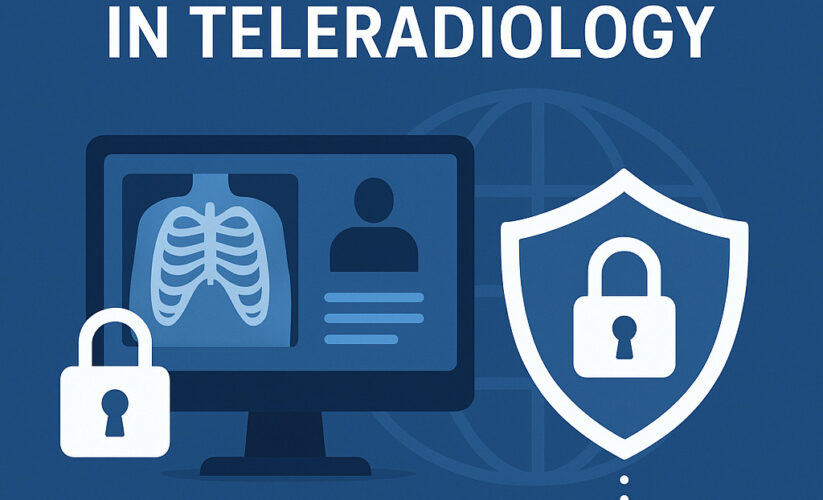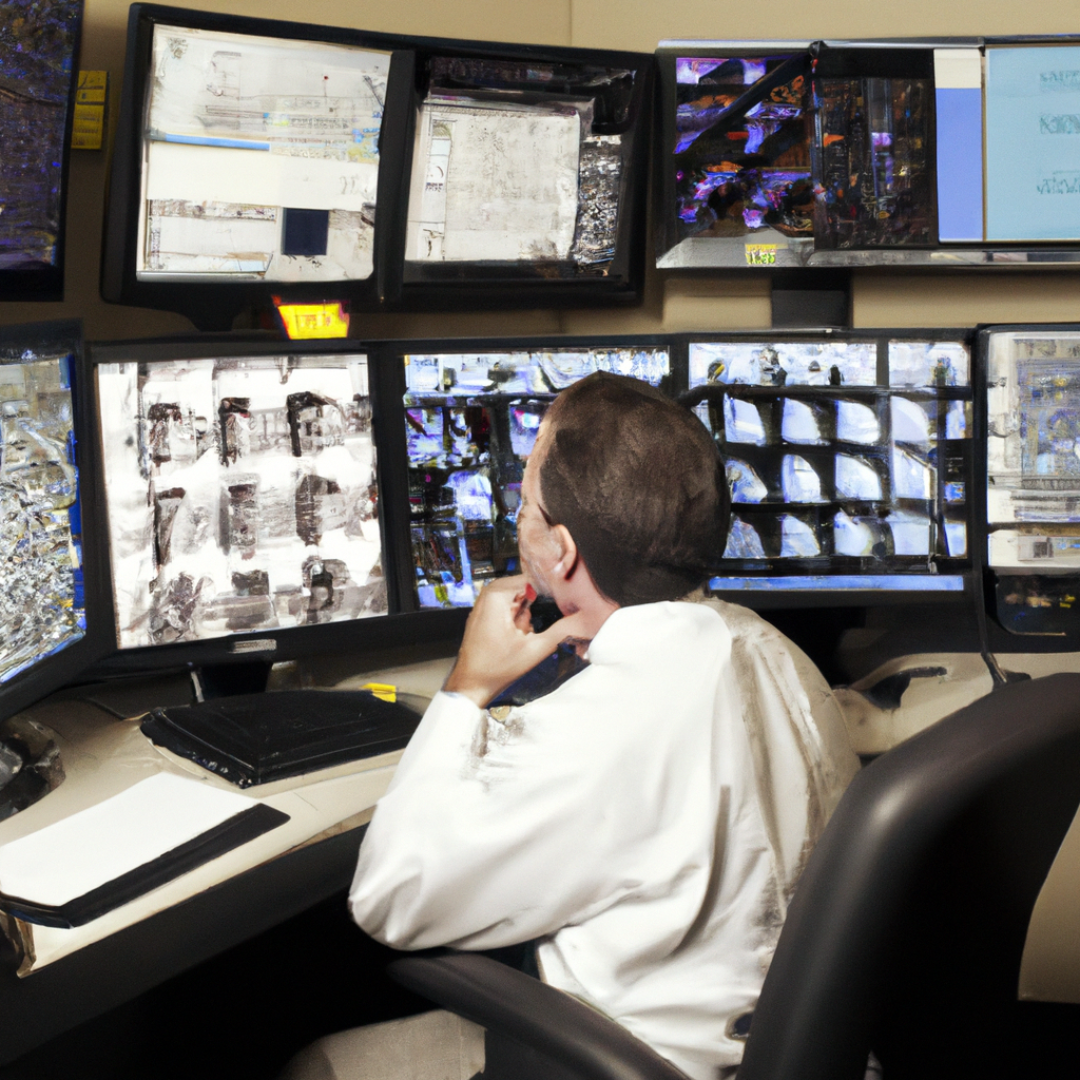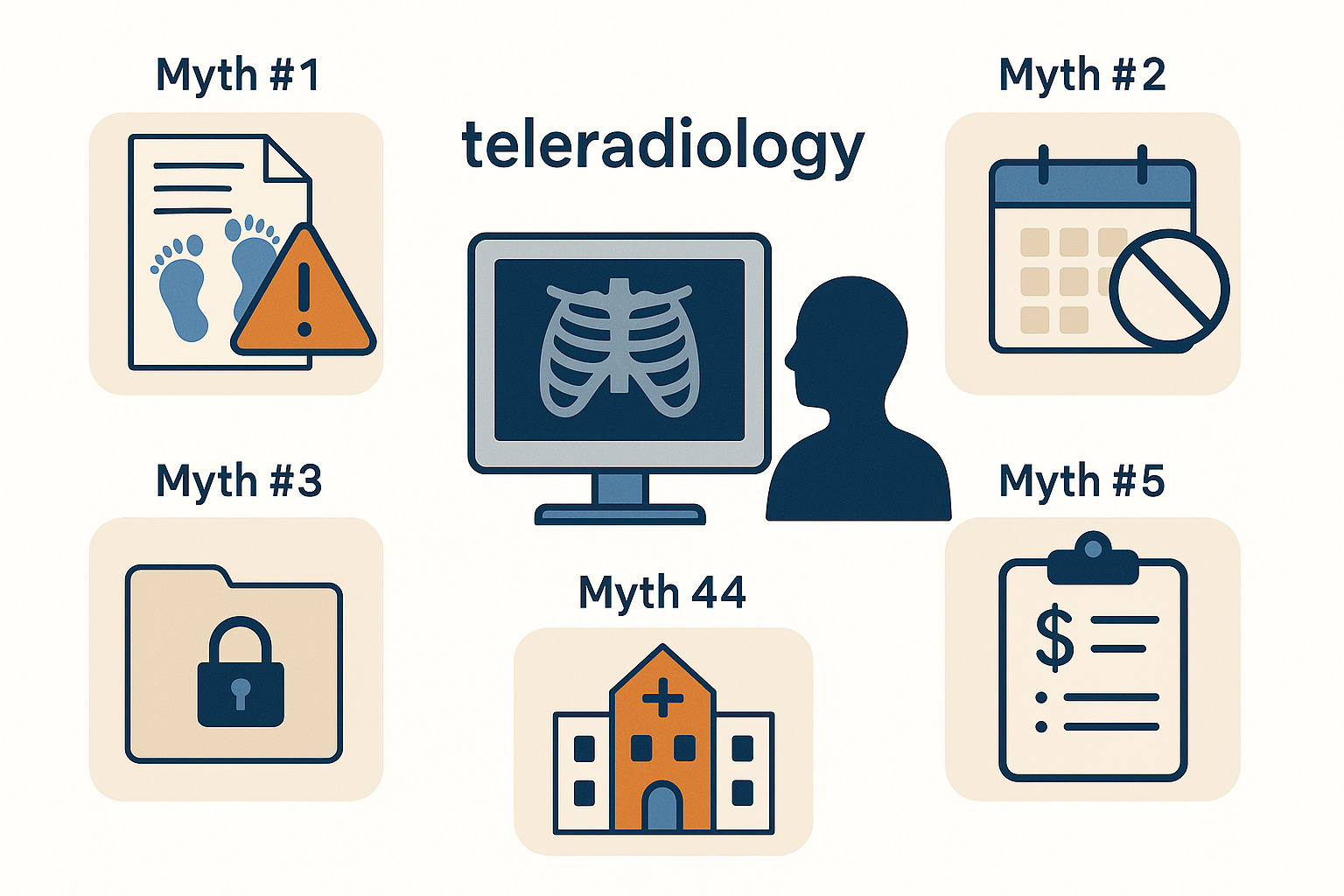Data Privacy in Teleradiology: Protecting Patients in the Digital Era
By oshininfotech

In our digital world, health care has undergone a radical transformation. One of the most significant advancements is teleradiology, the remote transmission of medical images like X-rays, CT scans, and MRIs to radiologists around the world for diagnosis. Teleradiology provides numerous advantages, from quicker diagnoses and improved access to specialists to enhanced patient outcomes; however, it also presents serious data privacy and security risks. Never before has protecting sensitive patient data been so critical.
Understanding Teleradiology and Its Data Challenges
Teleradiology works by transmitting patient images and related health data over digital networks. These images often contain personal identifiers such as patient name, date of birth, medical history, and more. Because these data points are sensitive, any breach can result in privacy violations, identity theft, and legal consequences.
Unlike traditional radiology where all data remain on-site, teleradiology relies on cloud storage, internet transfer, and remote radiology access systems, making it more susceptible to cyber threats.
Why Data Privacy Matters in Teleradiology
Trust among Patients: People trust their doctor, sharing their personal and medical information with the confidence that their information is kept secure. A breach of this trust can undermine the patient’s willingness to obtain necessary diagnostic or medical procedures.
Legal and Regulatory Compliance : Hospitals and teleradiology providers must adhere to multiple regulations in order to protect patient information:
HIPAA (Health Insurance Portability and Accountability Act) for the United States
GDPR (General Data Protection Regulation) for Europe
Indian IT Act & Personal Data Protection Bill (still being enacted) for India
Legal penalties for breaches of compliance can result in significant fines and damage to reputation.
Medical Accuracy and Continuity of Care
Unauthorized access to, or change of medical images, can lead to medical misdiagnosis or inappropriate treatment. Data integrity is essential to ensure that patients receive the proper care.
Key Data Privacy Challenges in Teleradiology
1. Cybersecurity Threats
Hackers seek to exploit patient data, aiming to profit off of it or resell sensitive medical files on the dark web. Ransomware attacks against hospitals are growing, including the systems used for teleradiology.
2. Unauthorized Access
Access controls are sometimes insufficient to prevent unauthorized users or third-party personnel from accessing sensitive patient information.
3. Data Transmission Risks
Transmitting medical images via the internet can expose that data to being overheard if not encrypted.
4. Storage Vulnerabilities
Many teleradiology platforms have cloud servers to store images, where a lack of proper security can lead to data breaches or leaks, accidentally or with intent.
5. Compliance with Regional Regulations
Countries have their own standards for data privacy. International teleradiology services must comply with specific countries’ legal frameworks, which can be difficult to navigate.
Best Practices for Protecting Patient Data in Teleradiology
1. Secure Data Encryption
In Transit: All images and reports should be encrypted using strong protocols (like SSL/TLS) while being transmitted over networks.
At Rest: Data stored on cloud servers or local storage should use encryption standards such as AES-256.
2. Strong Access Controls
Use multi-factor authentication for all users accessing teleradiology systems.
Implement role-based access control (RBAC) so only authorized personnel can view specific data.
3. Audit Trails and Logging
Maintain detailed records of who accessed what data and when. This ensures accountability and helps detect unauthorized access early.
4. Secure PACS/RIS Integration
Picture Archiving and Communication Systems (PACS) and Radiology Information Systems (RIS) should be integrated securely with teleradiology platforms to avoid data leaks during transfers.
5. Staff Training and Awareness
Even the best security systems can fail if employees are unaware of security practices. Regular training on phishing, password management, and data handling protocols is essential.
6. Regular Security Audits
Periodic penetration testing, vulnerability scans, and compliance audits help identify weaknesses before they can be exploited.
7. Patient Consent and Transparency
Hospitals should obtain informed consent from patients regarding the use and storage of their medical data in digital systems. Transparency about how data is used builds trust and ensures ethical practice.
Emerging Technologies Enhancing Privacy
1. Blockchain in Teleradiology
Blockchain technology can create tamper-proof, decentralized medical records, ensuring that only authorized individuals can access or modify data.
2. AI-Powered Security
Artificial intelligence can detect unusual access patterns or potential breaches in real-time, providing an additional layer of protection.
3. Advanced Cloud Security
Cloud providers now offer specialized HIPAA/GDPR-compliant services with advanced encryption, monitoring, and redundancy, making teleradiology data storage safer than ever.
Benefits of Prioritizing Data Privacy
Enhanced Patient Trust: Secure systems encourage patients to share critical health information without fear.
Regulatory Compliance: Avoid legal penalties and ensure ethical healthcare delivery.
Better Clinical Outcomes: Accurate, unaltered medical images lead to precise diagnoses and treatment.
Business Reputation: Hospitals and teleradiology providers known for robust privacy practices gain credibility and competitive advantage.
Conclusion
Teleradiology is changing the face of healthcare by providing expert diagnostic services in all areas of the world the predictable and predictable safety and convenience. This progress, however, comes with a responsibility to maintain the security and privacy of patient information and data.
Protecting patient privacy, through the adoption of strong encryption, access controls, secure imaging integration through PACS/RIS systems, staff education and training, and possibly access to new forms of technology (i.e., blockchain and artificial intelligence) can provide effective privacy and assurance while providing timely and effective diagnostic services.
In the digital age, data privacy is not just something we are required by law to maintain, but also the foundation and paradigm to all ethical practice and delivery of care. By protecting patient data, we can assure that the benefits of teleradiology are being provided effectively, efficiently and to safe and safe ethical practice.





